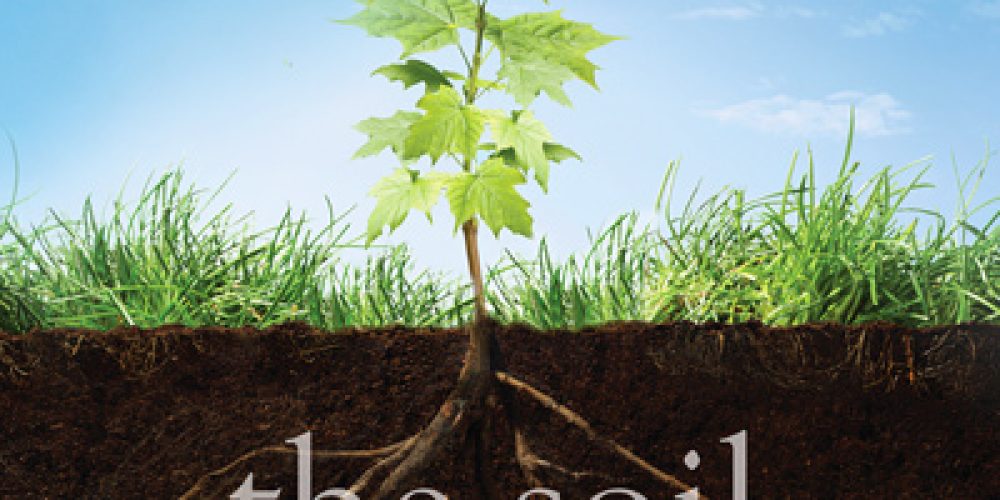This interview with Mother Nature News and one of our Moderators, Kristin Ohlson gives a great synopsis of Kristin’s Book “The Soil Will Save Us” as well as a great understanding of what is ahead of us and the future of farming.
MNN: What’s the premise of the book?Kristin Ohlson: I think the big premise of the book is that the world is lot more complex than we thought. We’ve been thinking about issues like climate change just from the perspective of the bad things we put into the air and leaving out a critically important part of our natural environment, which is under our feet.The title of the book is a declarative statement “The Soil Will Save Us,” but shouldn’t the title of the book really be framed “Can the Soil Save Us?”Yeah, I think the soil can save us. However, as a species, we like to change things and tinker about. We like to think we can do better. But nature’s technology has been working for half a billion years; the soil has been a huge carbon sink through the relationship between plants and microbes below the soil line. That means we need to understand how carbon is stored in the soil and what keeps it there.Is it fair to say the book is about soil ecology rather than established soil science?Absolutely. It’s really a new way of looking at soil. People used to just look at the physical qualities of soil and the chemistry of soil instead of the biology of soil. We’ve gone from being terrified of this hidden kingdom, and the diseases these organisms can bring, to realizing that we couldn’t function without them. Microorganisms in our body regulate energy levels, our metabolism and brain function.Scientists are beginning to think of them as an organ, critical to human health. I think the same holds true for soil. All of our land management decisions should be with an eye toward how can we work with and protect that life below the soil because it’s so critical to life above the soil.What do traditional farmers and communities connected to farming have to say when you present the findings of your book?I have not been in the Midwest since writing the book. However, farmers are necessarily risk averse. They have this huge living undertaking that they’ve got, and they’re afraid of screwing it up. If you do something that doesn’t work out, you’re out for the year. It’s got to be difficult to hear information that runs to counter to what they’ve been taught in agriculture school. Regardless, a lot of them are interested in making changes when they see their soil and the landscape not being as resilient as it could be.Much of the farm population is reaching retirement age. Do you see a younger generation embracing these soil ecology concepts?Absolutely. There are so many young people getting into agriculture, and they are all interested. I went to a conference recently and of the 430 people there, I’d swear two-thirds them were in their 20s and 30s. It just blows away older organic farmers and public university plant breeders who’ve been at it since the ’70s. They thought they’d never have grad students interested in creating crops for farmers rather than private industry.One of the more divisive aspects of the book is that farmland, if managed right, can absorb much of the carbon produced by burning fossil fuels. Has there been much pushback from old-guard environmentalists?Nobody has. Thus far, Bill McKibben read my book and blurbed it. One of the more hopeful things, right now, is that environmental groups and individual farmers are working together on coming up with climate-friendly practices for their land. That’s the great untold story that’s going on all over the country. Farmers and environmentalists are getting together, because they see that not only is farming a major contributor to global warming but that it could be a huge mitigator. Plants suck up carbon; they do it for free and on a massive scale.
Read more at Mother Nature News or check out an interesting podcast interview with Kristin at Science Friday.



